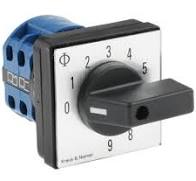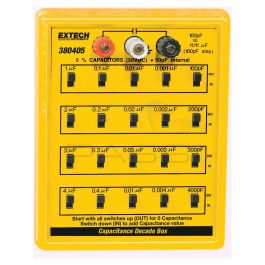slenderglitch
New Member
Hello,
At work I need to design a variable capacitor for a NFC project.
Capacitors are used to tune NFC emitters and receivers. to the right communication frequencies.
I need to design a capacitor which could be variable, customizable without having to desolder, and resolder capacitors.
I've already made a PCB with capacitors and jumpers. Each jumper adds 10pF or 100pF to the total amount of capacitance.
I'd like to have a system like this:
 with some predefined capacitance, and I'll just have to change my selection until the antenna is tunned.
with some predefined capacitance, and I'll just have to change my selection until the antenna is tunned.
If someone have and idea to do this kind of system, thank you!
AJ
At work I need to design a variable capacitor for a NFC project.
Capacitors are used to tune NFC emitters and receivers. to the right communication frequencies.
I need to design a capacitor which could be variable, customizable without having to desolder, and resolder capacitors.
I've already made a PCB with capacitors and jumpers. Each jumper adds 10pF or 100pF to the total amount of capacitance.
I'd like to have a system like this:
If someone have and idea to do this kind of system, thank you!
AJ


